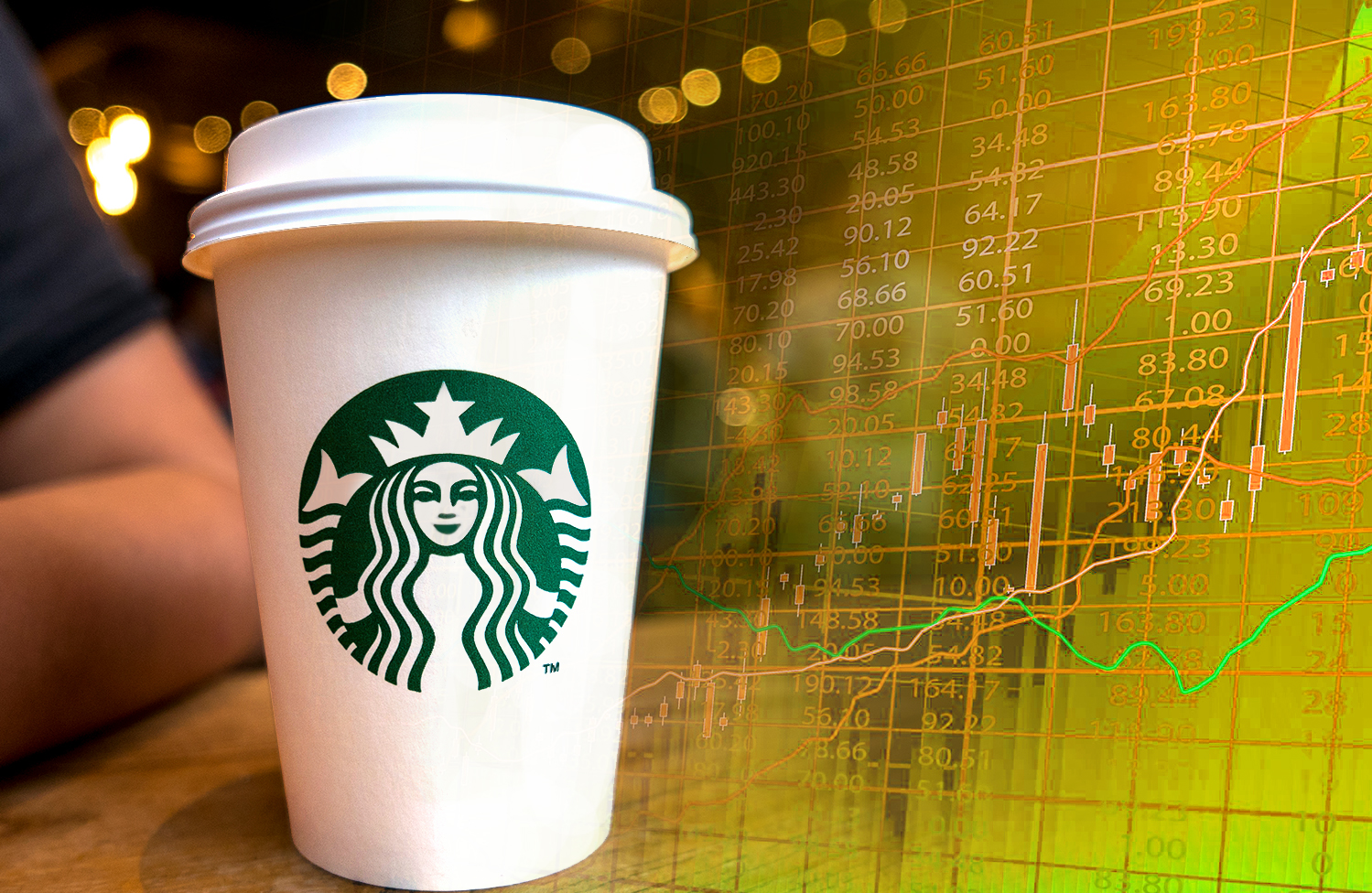Starbucks Business Model and Strategy: Sbux Stock

Starbucks, a global coffeehouse giant, has built a successful business model centered on providing a premium coffee experience and fostering a strong brand identity. The company’s success can be attributed to its multifaceted strategy, which encompasses various revenue streams, cost management, and competitive advantages. This section will delve into the core elements of Starbucks’ business model and strategy, examining its key components and competitive landscape.
Revenue Streams
Starbucks generates revenue from multiple sources, including:
- Coffee and Tea Sales: This is the company’s primary revenue driver, accounting for a significant portion of its total sales. Starbucks offers a wide range of coffee and tea beverages, including espresso drinks, brewed coffee, and tea-based options, catering to diverse customer preferences.
- Food Sales: Starbucks offers a variety of food items, including pastries, sandwiches, and salads, complementing its beverage offerings and providing customers with a complete dining experience.
- Merchandise Sales: The company generates revenue from selling merchandise, such as mugs, tumblers, and other branded items, further enhancing its brand image and customer loyalty.
- Licensing Agreements: Starbucks licenses its brand to other companies for use in various products and services, expanding its reach and generating additional revenue streams.
Cost Structure
Starbucks’ cost structure is characterized by:
- High Cost of Goods Sold: The company’s primary costs are associated with sourcing high-quality coffee beans, producing beverages, and acquiring food items, contributing to its premium pricing strategy.
- Significant Store Operating Expenses: Starbucks’ extensive network of stores requires significant investments in rent, utilities, labor, and maintenance, impacting its overall profitability.
- Marketing and Advertising Expenses: The company invests heavily in marketing and advertising to maintain brand awareness, drive customer engagement, and introduce new products and initiatives.
Competitive Advantages
Starbucks has established several competitive advantages, including:
- Strong Brand Recognition and Loyalty: The company has cultivated a strong brand identity and loyal customer base through its focus on quality, experience, and community engagement. This brand loyalty allows Starbucks to command premium prices and maintain market share.
- Extensive Store Network and Global Reach: Starbucks’ vast network of stores provides convenience and accessibility to customers worldwide, allowing the company to capture a significant share of the coffee market.
- Innovative Product Development: Starbucks continuously introduces new products and variations to its menu, catering to evolving consumer preferences and maintaining customer interest.
- Customer Experience and Service: The company emphasizes a personalized and welcoming customer experience, providing a comfortable and inviting environment for customers to relax and socialize.
Strategic Initiatives and Growth Plans
Starbucks has implemented several strategic initiatives to drive growth and expand its market reach, including:
- Expanding into New Markets: The company continues to expand its global footprint, targeting emerging markets with high growth potential and diversifying its revenue sources.
- Developing Innovative Products: Starbucks invests in research and development to introduce new products and enhance existing offerings, catering to evolving consumer tastes and preferences.
- Enhancing Customer Loyalty: The company leverages its loyalty program and digital platforms to foster customer engagement and reward repeat purchases.
- Investing in Technology: Starbucks utilizes technology to streamline operations, enhance customer experience, and drive efficiency.
Comparison to Competitors, Sbux stock
Starbucks faces competition from various players in the coffee industry, including:
- Specialty Coffee Chains: Competitors like Dunkin’ Donuts, Peet’s Coffee, and Tim Hortons offer similar coffee experiences but may focus on different price points, product offerings, and target audiences.
- Fast-Food Chains: Fast-food chains like McDonald’s and Burger King have expanded their coffee offerings, providing affordable and convenient options for customers seeking quick coffee fixes.
- Independent Coffee Shops: Independent coffee shops often focus on local sourcing, artisanal brewing methods, and unique coffee blends, catering to niche customer segments.
Starbucks differentiates itself from its competitors through its premium brand image, extensive store network, innovative product development, and focus on customer experience. The company’s strong brand loyalty and global reach provide a significant competitive advantage, allowing it to maintain market share and command premium pricing. However, Starbucks faces challenges from emerging competitors and changing consumer preferences, necessitating ongoing innovation and adaptation to remain competitive in the evolving coffee market.